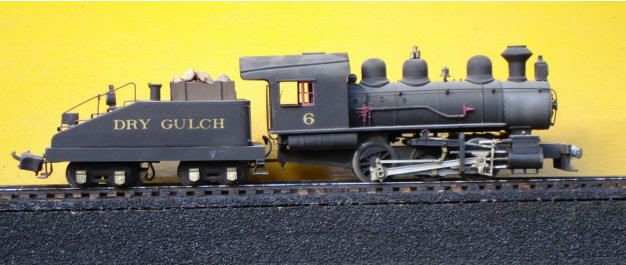The State Belt Railroad of California was a shortline that served San Francisco's waterfront until the 1980's. It's tracks extended the length of the Embarcadero from south of Market Street to Fort Mason and the Presidio. Although locals nicknamed the line the Toonerville Trolley and the Wooden Axle Line, the State Belt had an illustrious career.
The first trackage of the State Belt was built by the Board of State Harbor Commissioners in 1889. At that time, the lands along waterfront were owned by the State, not San Francisco. These lands were once under water, so they were not included in the original survey of the City.
The original tracks were dual-gauged, to allow transfer of narrow gauge freight cars from the North Pacific Coast R.R. (Marin County) and theSouth Pacific Coast R.R. (Alameda, Santa Clara, Santa Cruz counties), as well as standard gauge cars. These first tracks did not yet connect to the outside world - all cars were ferried in from around the San Francisco Bay. Belt tracks finally connected with Southern Pacific tracks in 1913 at a small interchange yard located at Townsend and Berry Streets.
Number 4 is an 0-6-0 switching locomotive built by the Vulcan Iron Works (of PA) in July of 1911 for the State Board or Harbour Commissioners for use on the State Belt Railroad of California along the San Francisco waterfront. This is Vulcan's first oil burning locomotive. The locomotive featured a closed cab when delivered that was changed to an open one upon arrival in San Francisco. After duty along the waterfront and the arrival of a fleet of ALCO diesel switchers No. 4 had a unique and diverse career that included shortline, industrial and even a stint for Uncle Sam before sleeping away 30+ years in a Stockton scrap yard. From there she went to Utah for protential restoration, but found her way back to San Francisco!
An organization called San Francisco Trains acquired the #4 from a rail yard in Utah. They shipped it to San Francisco on a flat car and unloaded it. The first thing they did was to do a hydrotest and they found the boiler was basically sound, but with the anticipated problems of a 75-year old locomotive. Then they removed the flues from the boiler and turned their attention to the frame and cylinders. That's when we found the hole in the steam delivery port in the cylinder casting. Since that time the locomotive has gone thru the long and tedious process of restoration. Much of the restoration relies on donated funds, man hours and available specialized reconstruction. It is in a fenced in yard on the property that used be the old SP Bayshore Yard, which is located partially in San Francisco and the town of Brisbane, CA. The area has access to UP tracks.
In 2011 I attended a dedication ceremony and took the following pics of the progress. It will be awesome when it's done and fired up.





























